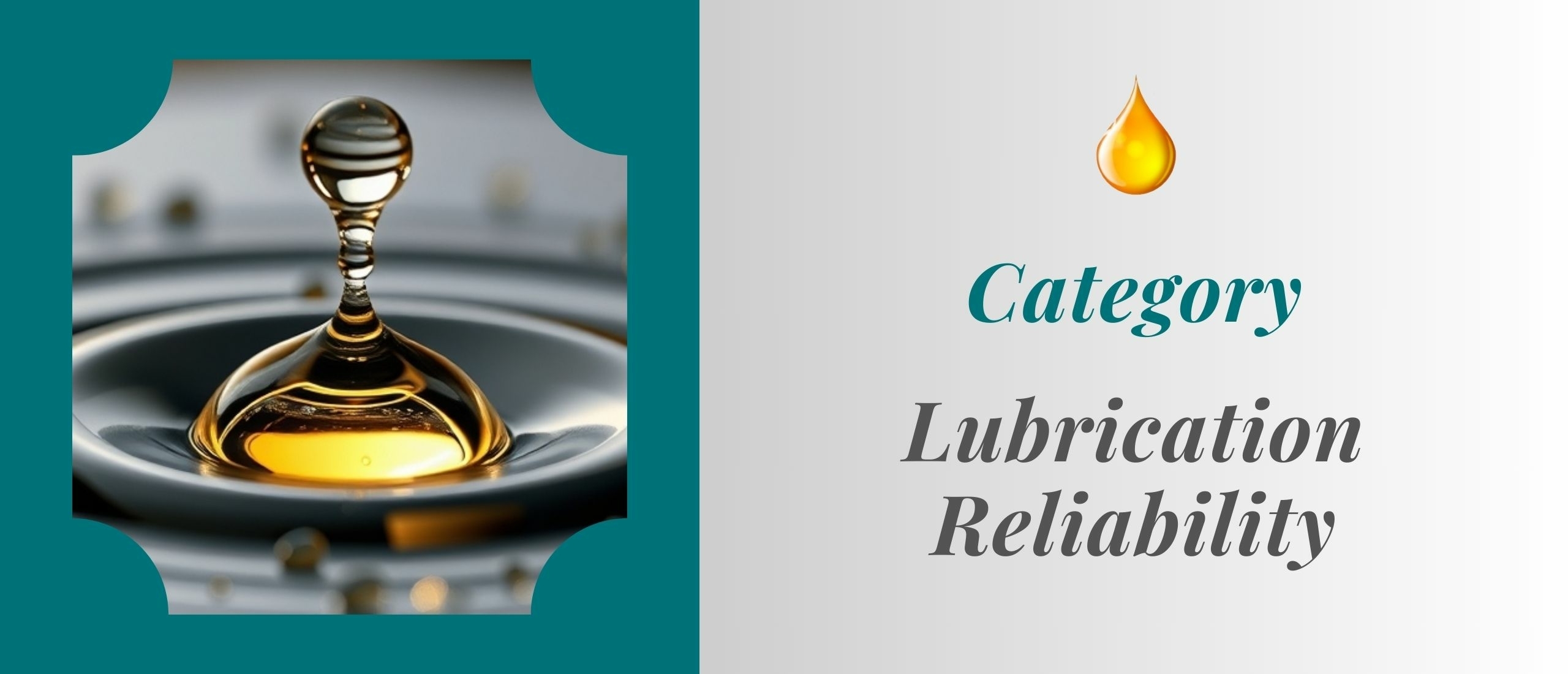Lubrication Reliability Checklist
Useful Lubrication Reliability links
Step 3 - Building a Strong Lubrication Inspection Culture
Step 4 - Why capping hoses matter
Step 4 - 10 Best Practices to prevent lubricant cross-contamination
Step 4 - Monitoring cleanliness: go beyond what the eye can see
Step 5 - The 5 OilSafe® lids: The right lid for every lubrication task
Step 6 - What is Grease
[...]

